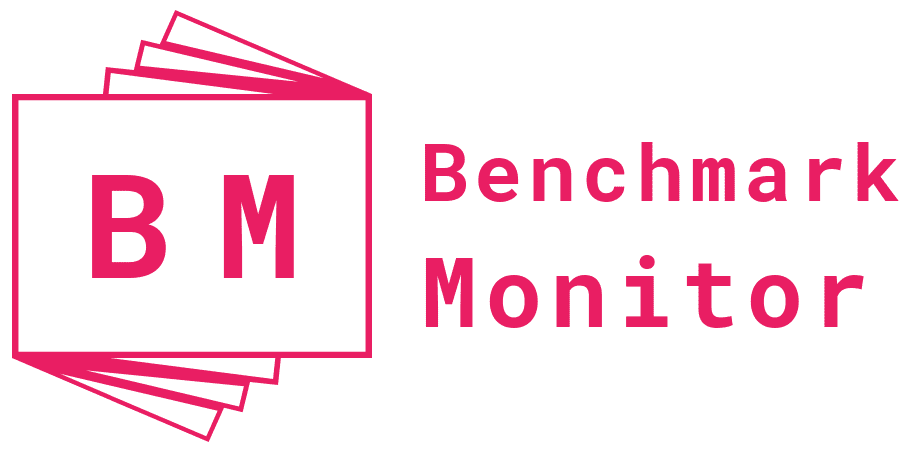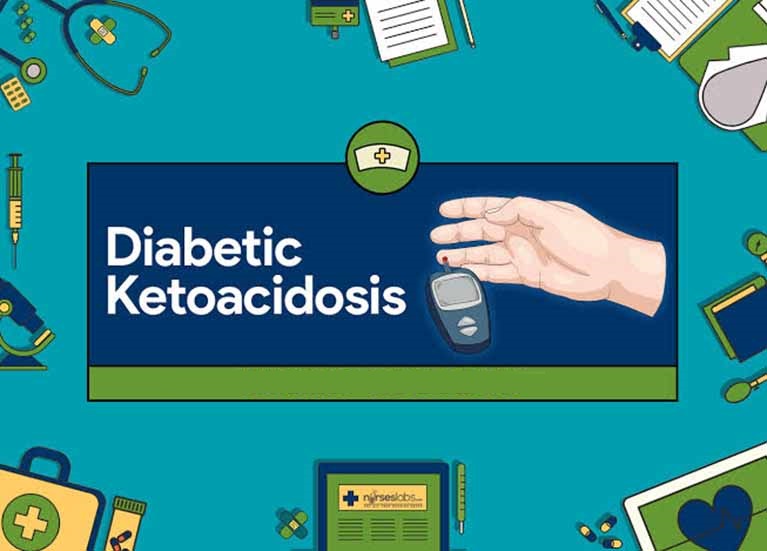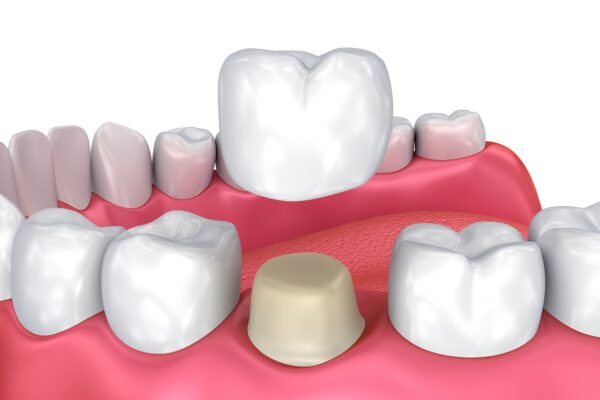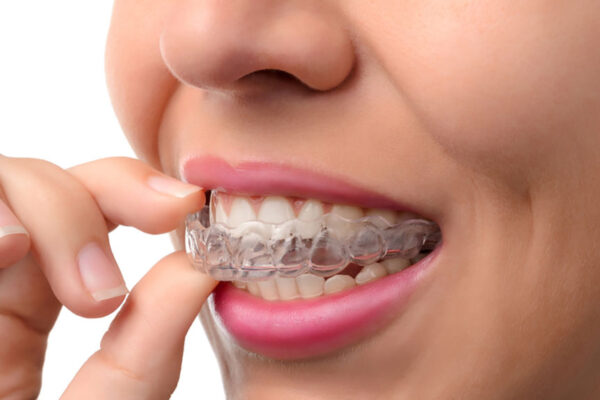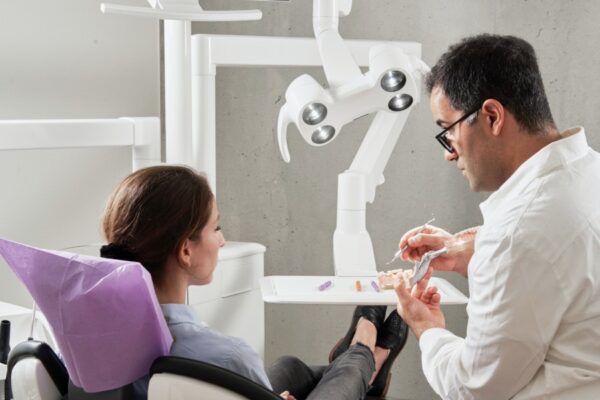Diabetic ketoacidosis (DKA) is an acute, life-threatening complication of diabetes mellitus. Mortality is greatest in the first two days, especially if misdiagnosed or mistreated. Therefore, understanding the pathophysiology, identification, as well as treatment of DKA is of great importance in the ED.
This post describes the management strategies for DKA that are based on the available evidence and experience in managing patients with DKA in the ED. Here cash for diabetic supplies.
Diabetic Ketoacidosis in the ED
Table of Contents
Diabetic ketoacidosis (DKA) is a medical emergency usually seen in patients with untreated diabetes mellitus. The majority of patients who develop DKA have type 1 diabetes, while approximately one third have type 2 diabetes [1]. These patients present with hyperglycemia, anion gap metabolic acidosis, and hyperketonemia in the ED.
The estimated incidence of DKA in North America is between 5 and 8 cases per 1,000 diabetic patients [2]. The condition results in approximately 68,000 emergency department (ED) visits per year, and the mortality rate is less than 5% [3].
Pathology of Diabetic Ketoacidosis
DKA happens in the setting of profound insulin deficiency, either due to insulin insufficiency or insulin resistance from untreated diabetes mellitus. This condition is characterized by hyperglycemia (>200 mg/dL) and acidosis (serum pH <7.3, bicarbonate <15 mEq/L) [4]. Patients also present with elevated blood ketones (>3 mmol/L), which are also measurable in urine.
However, not all patients with elevated blood or urine ketones are at risk of ketoacidosis. Patients on ketogenic diets or prolonged fasting can also develop normal ketosis (0.6-1.5 mmol/L). Find more on ketosis as a normal metabolic process here.
Patients who develop ketosis, as well as those with ketoacidosis, may also develop complications such as:
- Dehydration
- Electrolyte loss
- Hyperosmolarity
While patients with normal ketosis and DKA may both present with these symptoms, those with normal ketosis are not at risk of acidosis thanks to insulin sufficiency.
Diagnosing and Treating Diabetic Ketoacidosis
Between 5,000 – 10,000 Canadians are treated for diabetic ketoacidosis (DKA) each year [5]. Most of these patients initially come to the ED. Because most deaths occur within the first two days after disease onset, prompt diagnosis and treatment are crucial.
Patients with DKA will typically complain of nausea, vomiting, and abdominal pain. They may also feel thirstier than normal and urinate frequently.
If you suspect DKA, diagnostic criteria include:
- Blood glucose readings over 250 mg/dl (>14 mM).
- Metabolic acidosis (pH<7.30 or serum bicarbonate <15 mM)
- Ketonemia and/or ketonuria.
- An anion gap over 20 mM
Besides laboratory abnormalities, check for any prior diagnosis of diabetes or glucose intolerance and family history of diabetes.
Once a diagnosis of DKA is made, patients will need three things: fluids, insulin, and potassium.
With that said, treatment typically involves:
IV Fluids
Fluid resuscitation clears ketones and other by-products of DKA. It also restores normal blood and corrects electrolyte imbalances [6]. The patient’s serum sodium levels need to be checked to determine which type of fluid they need.
Insulin
Insulin is the mainstay therapy for DKA. It promotes cellular utilization of glucose, which immediately decreases blood ketone and glucose concentrations.
Before giving insulin to DKA patients, however, you need to check the patient’s potassium levels because insulin leads to intracellular shifts in potassium. Patients with DKA can have normal or elevated blood potassium even with decreased potassium stores. This is a result of osmotic diuresis and transcellular fluid shifts.
If blood potassium levels are less than 3.3 mEq/L, you need to replete potassium before giving insulin therapy.
The rate of insulin therapy will depend on patient age, the presence of insulin sensitivity, and the severity of DKA.
When blood glucose concentrations fall below 250mg/dl, adding 5% dextrose will prevent hypoglycemia. This will help continue insulin therapy until acidosis is resolved. Use up to 20% dextrose concentration if you are unable to prevent hypoglycemia.
Electrolytes
Besides correcting potassium imbalances, you may need to ensure the patient’s blood magnesium concentration is over 2 mg/dl. Magnesium is a cofactor in cellular potassium uptake, and low levels can lead to refractory hypokalemia [7].
DKA patients who present with severe acidosis may also need bicarbonate therapy. Children with a serum pH less than 6.9 will need 0.5–1 mEq/kg of sodium bicarbonate given in over 1 hour. Adults will need more.
The most common complications of DKA treatment are hypoglycemia and hypokalemia. But as already said, these are easy to prevent by monitoring potassium concentrations and administering dextrose.
Children are at a greater risk of cerebral edema as a complication of DKA treatment. In these patients, cerebral edema is treated with mannitol, hypertonic saline, and slowing down fluid administration.
Conclusion
Diabetic ketoacidosis is a medical emergency that can lead to death within two hours if not treated immediately. Most patients with DKA present in the ED where they are treated with a combination of IV fluids, insulin, and electrolyte replenishment. Different patients need different treatment approaches and careful monitoring of signs of complications such as hypoglycemia, hypokalemia, and cerebral edema.
